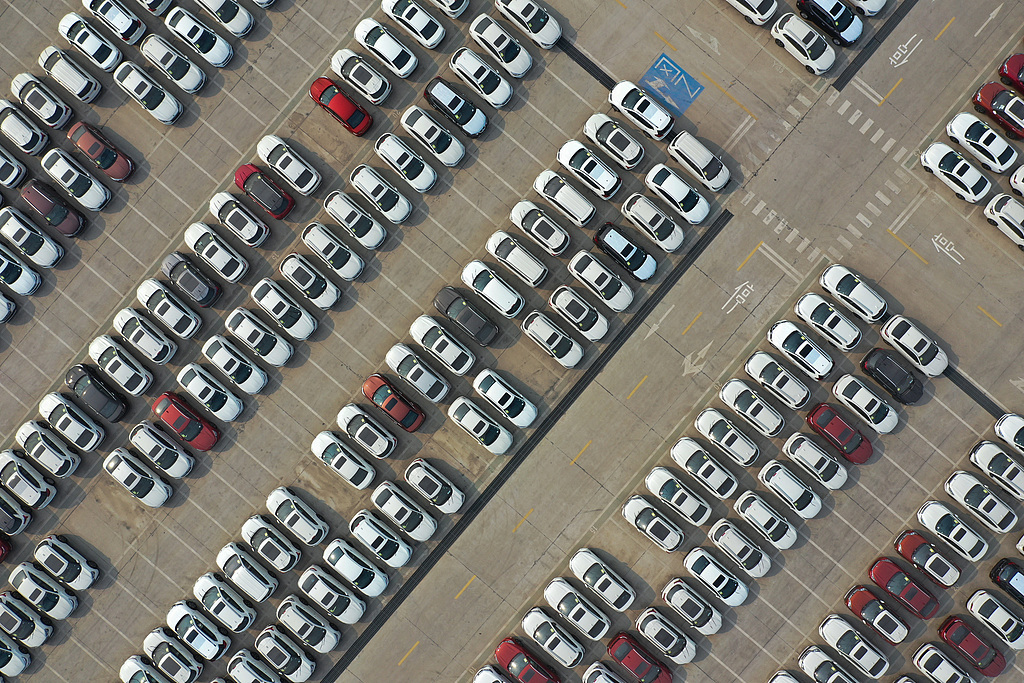
In March 2025, China's automobile market will see a strong recovery.
According to the data from the China Passenger Car Association, the retail sales volume of the national passenger car market reached 1.94 million units, a year-on-year increase of 14.4% and a month-on-month increase of 40.2%. This growth rate not only reversed the trend of low growth in March in the past ten years, but also set a record for the highest year-on-year growth rate in the same period in the past ten years. In the first quarter of this year, the cumulative retail sales volume of passenger cars reached 5.127 million units, a year-on-year increase of 6.0%, injecting a shot in the arm for the subsequent market.
Cui Dongshu, secretary-general of the China Passenger Car Association, analyzed that the promotion of the country's "double new" (new energy, new policies) strategy has effectively eased the intensity of price wars, and the popularity of the spring auto show and local policies to promote consumption have jointly driven this round of growth.

In the final assembly workshop, workers are assembling cars on a modern automobile production line.
In March, the retail sales of new energy passenger vehicles reached 991,000 units, a year-on-year increase of 38.0%. The penetration rate rose to 51.1%, an increase of 8.7 percentage points year-on-year.
Domestic brands that have made full efforts in the new energy track continued to lead, with retail sales reaching 1.22 million vehicles, a year-on-year increase of 31%, and market share climbing to 62.7%, an increase of 7.7 percentage points year-on-year; while mainstream joint venture brands had a retail volume of 480,000 vehicles, a year-on-year decrease of 4%.
SAIC Group returned to the top spot with sales of 385,700 vehicles in March, of which new energy vehicles contributed 125,700 vehicles, a year-on-year increase of 48.22%. Models such as SAIC-GM-Wuling's Hongguang MINIEV performed strongly in the sinking market.
BYD ranked second with sales of 377,400 vehicles. Although it was overtaken by SAIC Group in a single month, its cumulative sales in the first quarter still ranked first among domestic brands with 670,000 vehicles.
Domestic brands such as Geely, Changan and Chery also performed well.
Geely's sales in March reached 232,000 units, a year-on-year increase of 54%. New energy sales accounted for more than 52%, and the Galaxy series became a new growth pole. Galaxy L7 sold 40,162 units in a single month, and its extended-range technology helped it become a dark horse in the market above 200,000 yuan.
Geely Xingyue L topped the sales charts of fuel SUVs with 18,386 units sold, and new energy brands Zeekr and Galaxy further consolidated their market positions by integrating resources.
Chery Group's sales in March reached 214,800 vehicles, an increase of 18.3% year-on-year, and sales of new energy vehicles increased by 125.4% year-on-year.
Among them, iCAR 03 delivered 7,016 units in March, targeting young people’s first smart electric vehicle, and its market share in counties exceeded 40%.
The monthly sales volume of Tiggo 8 PRO New Energy exceeded 10,000, making it the brand's first new energy SUV with monthly sales exceeding 10,000.
Changan's new energy vehicle sales exceeded 80,000 units, a year-on-year increase of 48.9%. Qiyuan A07 sold 15,274 units, becoming a popular choice for 150,000 yuan hybrid sedans with its Hongmeng cockpit system. Deep Blue S7 delivered 24,371 units, with the extended-range version accounting for 65%.
Joint venture brands continue to face the double squeeze from domestic brands and new energy vehicles in the fuel vehicle market. The retail shares of German, Japanese and American brands fell by 3.6, 1.5 and 1.4 percentage points year-on-year respectively.
The penetration rate of new energy vehicles of joint venture brands is only 5%-6%, far lower than that of domestic brands, and slow product iteration has become a major shortcoming.
In March, 143,000 new energy passenger cars were exported, accounting for 36.6% of the total passenger car exports. BYD, Chery, Geely and other brands made significant contributions. However, affected by global economic fluctuations, SAIC Group's exports fell by 21.76% year-on-year, highlighting the uncertainty of overseas markets. Domestic brands still maintain a share of more than 55% in markets such as Russia.
Cui Dongshu pointed out that the current market recovery is only the beginning. With the continuation of the new energy purchase tax exemption policy, the increase in local consumption promotion measures, and the popularization of high-end assisted driving technology, the market penetration rate of new energy vehicles is expected to exceed 56% this year. At the same time, independent brands need to be wary of the risk of "involution" and consolidate their advantages through technological differentiation and brand upward breakthrough. For joint venture brands, if they cannot accelerate the transformation in the fields of electrification and intelligence, their market share may be further marginalized.


